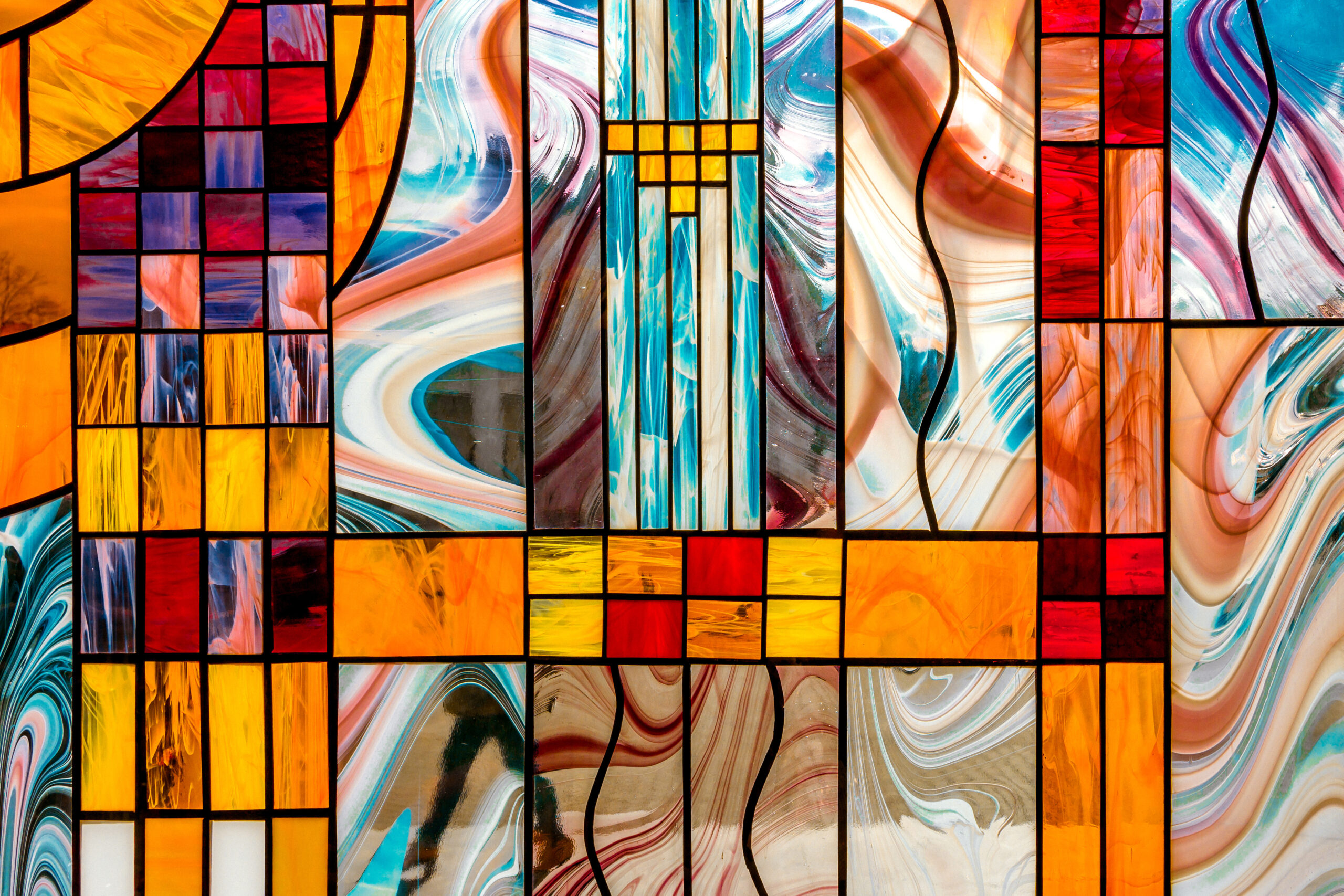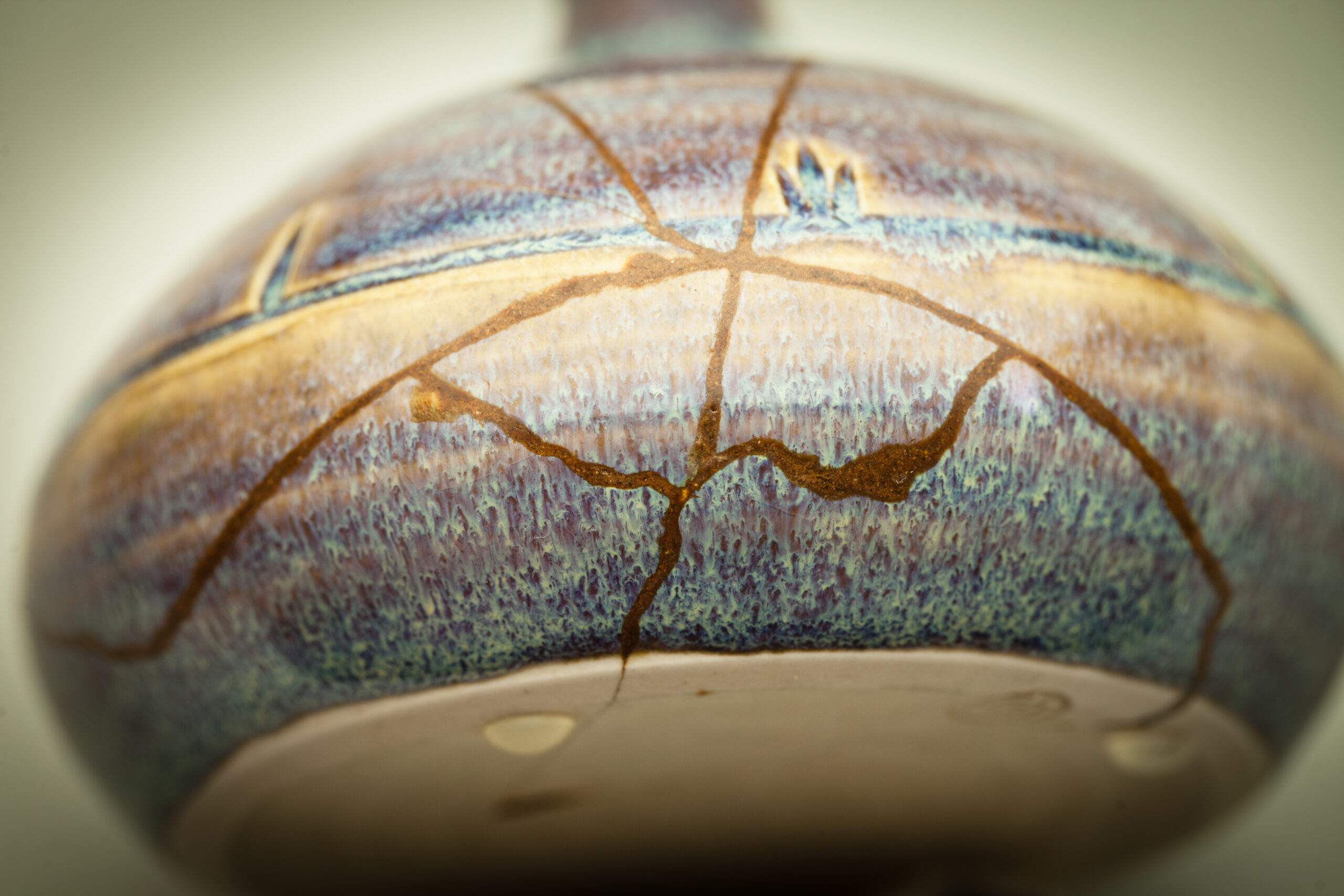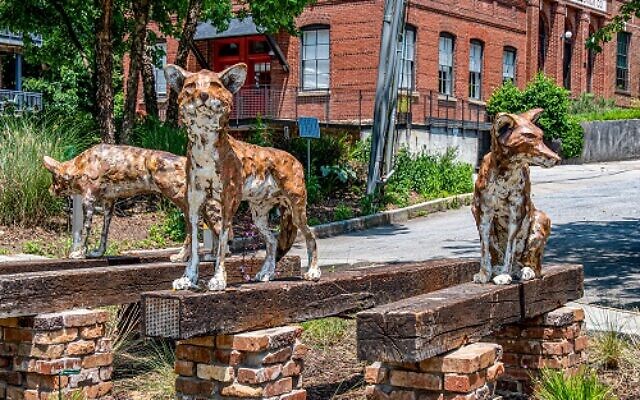Katie Steedly’s first-person piece [The Unspeakable Gift] is a riveting retelling of her participation in a National Institutes of Health study that aided her quest to come to grips with her life of living with a rare genetic disorder. Her writing is superb.
In recognition of receiving the Dateline Award for the Washingtonian Magazine essay, The Unspeakable Gift.
Enter your email here to receive Weekly Wide-Awake
Reasons for Voyaging
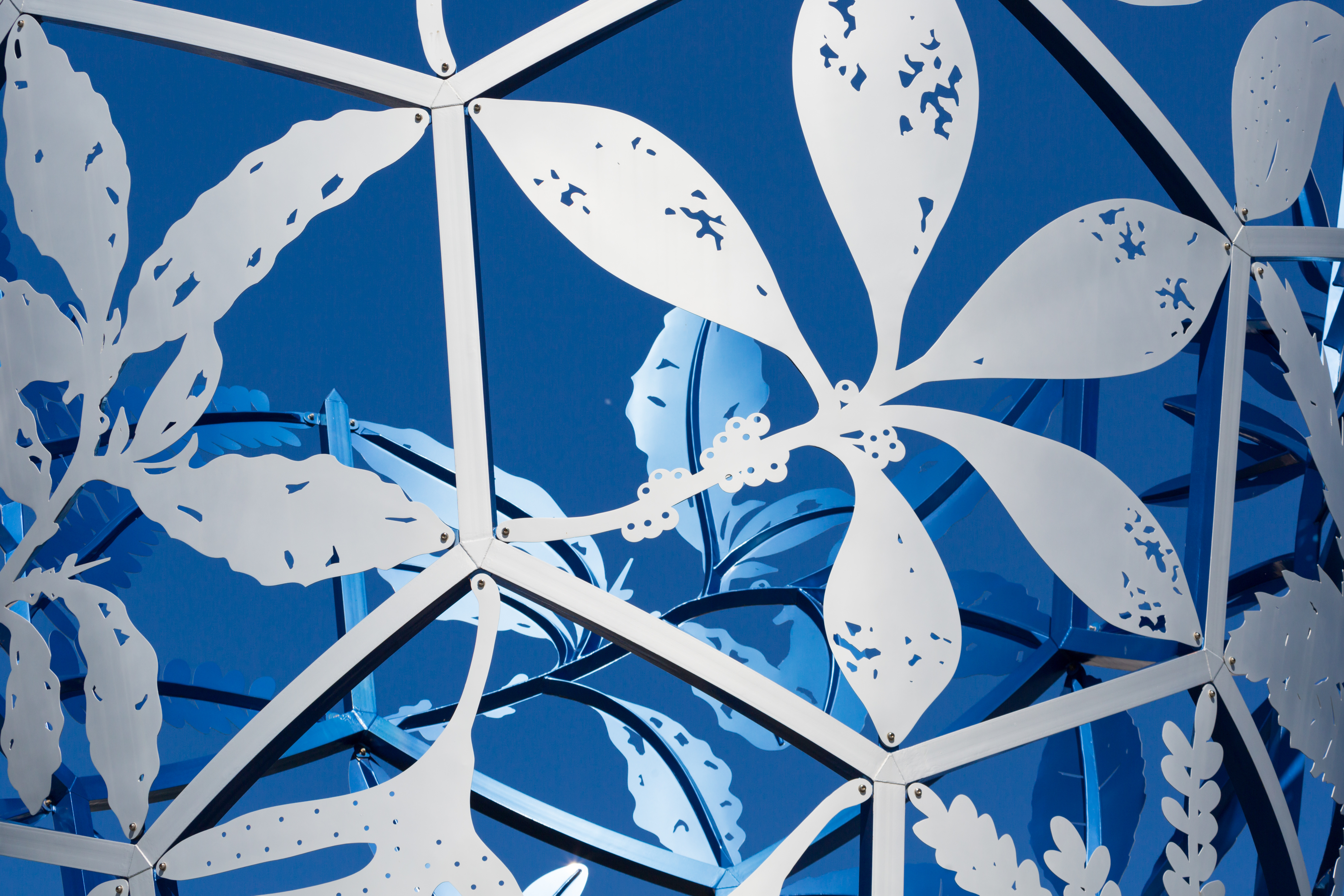
Reasons For Voyaging
The sculpture in front of the Christchurch Art Gallery is called Reasons for Voyaging. Shaped like sails extending from a ship’s hull, the grand structure is part European, part Maori, part modern, part ancient, part representational, and part abstract. In the sunlight, it looks as if it could sail to heaven carrying dreams, ambition, love, prayers, regrets, sadness, and hope. I experienced the sculpture during a two-week trek on the South Island of New Zealand.
I had arrived in New Zealand gasping for love. I live with Turner syndrome and — after 30 years of ostrichlike head burying — had just participated in a week-long clinical study at the National Institutes of Health. A month or so before the study, I had met a handsome New Zealand sheep farmer at LAX whose otherworldliness and talk of dreams started an email conversation that led to reading Lonely Planet New Zealand and buying plane tickets. Amidst romantic distractions from telling longheld physical secrets, a trip to the other side of the world felt profoundly important — like breath and hope.
Te Punga
Maybe the Maori have it right when they call the Southern Cross “Te Punga” (The Anchor). It makes sense that a cross can be understood as an anchor. A cross and an anchor are the same shapes if you look sideways and close up. I am a seeker of anchors, of solid things on which to grasp. I am a traveler in search of direction. I am light shining. Maybe that speaks to a universal need for grounding, purpose, or meaning. I like the idea that even a constellation needs a foundation, a base from which to move. Somehow that makes me feel a little less alone in my celestial wandering. Perhaps that is a cosmic explanation for the uniquely powerful force of an internal compass that guides, builds, reminds, sustains, and centers. I also resonate with the notion that the Southern Cross is a tiny constellation, giving off less light than far grander constellations. That given, it does not take much light to keep us on the course, and even a tiny anchor can hold us together. Songs can be written about even the smallest of things.
Franz Joseph
I signed up for a helicopter ride to take me to the top of Franz Joseph glacier. After flying around the valley surrounding Franz Joseph, the helicopter landed in an ice field atop a glacier. I stepped onto the mountain and crunched my way around, feeling my weight only partially supported by the ice and snow beneath my feet. The sun’s heat and the light’s reflection on the icy peaks and valleys warmed the cold air. I wandered away from the group, stealing the moment for myself. My breath quickened. I touched the ice and watched the water drips gently fall from my hand. Awe robbed me of a sense of time. Wonder now had another frame of reference. I felt like I could kiss heaven if I stood on my tiptoes. Lost in the moment, snapping a picture seemed to escape me. The traveler from Texas I had sat next to in the helicopter found me as I hiked around and offered to take a shot. I thankfully handed him my camera and stood there with arms raised, catching sunshine in my grasp.
Taonga Trove
My Siamese feline companion of 20 years died two days before I left for New Zealand. I wanted to find a special box to use for her ashes when I got home. I started looking in Queenstown. I walked through several shops without seeing anything that fit what I envisioned. Then I entered a shop filled with beautiful wood pieces, and I immediately knew that was the place. I walked up to the kind‐eyed, gray‐haired woman behind the counter and asked if they had any small boxes. As I asked the question, I began to cry. I tried to explain but could not get the words out. She touched my hand and asked me if she could help. When I regained my composure, I talked about my wishes. I am sure this was the first time someone had come into her store requesting a box for the ashes of a dead pet, but she did not even look at me sideways as she said she had exactly what I needed. She guided me to the store section she thought might have something I would like. She offered her condolences. She picked up a beautiful wood box that smelled of pine and patchouli. She handed me a card that explained its origin and meaning. The card accompanying the box read “Taonga Trove.” Taonga is the Maori word for “treasured thing.”
Made from native New Zealand Kauri wood and decorated with brilliant blue Paua stone, this box felt like the perfect resting place for Gizmo. The shopkeeper listened as I shared moments from Gizmo’s life—the snowstorm in North Dakota, the time she got lost underneath the house in Washington State. I recounted that she never liked cat treats and how she slept in the crick of my leg. I wondered what it would be like to return home and not have her there. The shopkeeper lovingly listened. I am unsure if she was thinking, “Who is this crazy American talking about her dead cat?” But if those thoughts were there, she hid them behind a flood of compassion. I bought the box, and some of my grief was lifted that afternoon.
Henne Rupene and her Daughter Huria
I spent several hours in the Christchurch Art Museum during my trip. After sharing several exhibits with the group of schoolchildren who were touring the space, I broke away from the group and began to walk through the rest of the museum, pausing to gather my thoughts, get a bit lost, write, and breathe. I stumbled into a gallery devoted to New Zealand art. One piece I found there haunts me still: an oil‐on‐canvas portrait, Gottfried Lindauer’s Henne Rupene and her Daughter Huria, which depicts a Maori mother and her infant wrapped in a subtly ornate blanket. The beautiful baby perched atop her mother’s back stares at the viewer with smiling eyes. Henne, the mother, peers out as if to whisper blue and silver secrets. Her chin depicts fierce strength, just as the soft edges of her mouth pronounce grace. Her warm brown eyes invite compassion and hint at wisdom, just as the force of her brow points forward toward the future. I am with them, mother and child, embraced by their gaze. I instantly grasp what it means to be a traveler in love, carrying that love in the warmth and security of a knowing that holds past and future, history and culture. I think of Gizmo and the blanket in which I had held her on the last morning of her life. A world away from home, I learn a little about home. In the gentle glance of a family in a portrait, I know a little more about love.
Returning Home after Voyaging
I left the hostel on my last morning and walked to the art museum one last time. Before heading to the airport, I passed Reasons for Voyaging and stood for a second, considering the sunshine. As the sculpture suggests, there are reasons for voyaging—escaping grief, pursuing a passion, slaying dragons, surviving storms, reconstituting self, and finding home. My reason for voyaging is all of that and more. I am at once the heartbroken romantic, the sunrise writer, and the glacier‐climber. I am the person who sees her reflection in the mirror lake, watching the lines of her face move as a stone is thrown in and ripples contort her reality. I am the bright green parrot at the nature preserve with a distinct and soothing song. I am the jet‐boat engine that thunders through rocks and around river bends. I am the single flame in the church candle that carries hope. I am a relentless psychic visitor who refuses to trust her inner voice. I am the look in the mother’s eyes that speaks of being a traveler in love.
About Katie
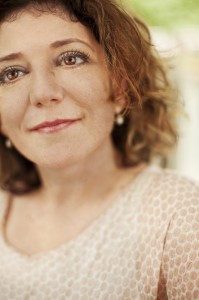
From Louisville. Live in Atlanta. Curious by nature. Researcher by education. Writer by practice. Grateful heart by desire.
Buy the Book!
The Stage Is On Fire, a memoir about hope and change, reasons for voyaging, and dreams burning down can be purchased on Amazon.


